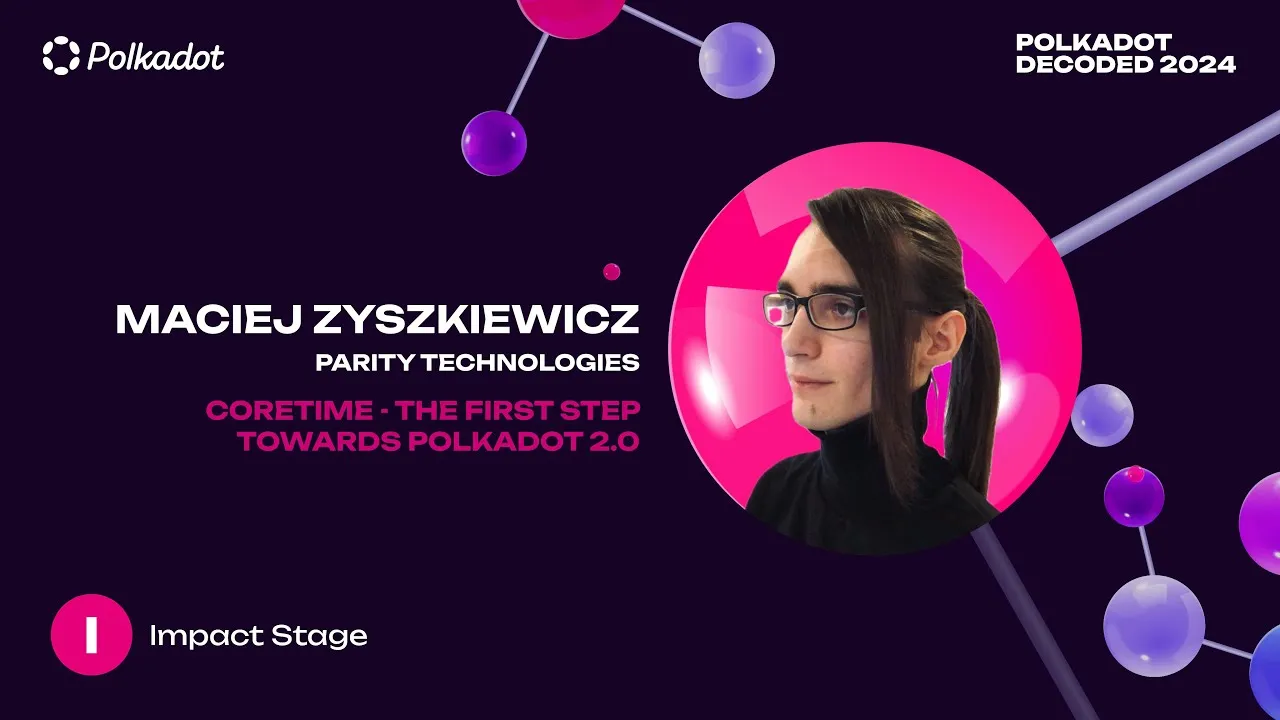

CESS
CESS (Cumulus Encrypted Storage System) is a blockchain-powered decentralized storage and content delivery network (CDN) infrastructure designed for Web3. I
What is CESS Network?
CESS (Cumulus Encrypted Storage System) is a blockchain-powered decentralized storage and content delivery network (CDN) infrastructure designed for Web3. It enables users and creators to share data on-chain and allows developers to build and deploy decentralized applications (DApps).
CESS offers an optimal solution for storing and retrieving high-frequency dynamic data, reshaping the value distribution and circulation of data assets while ensuring data sovereignty and user privacy. By utilizing a decentralized physical infrastructure network (DePIN) model, CESS incentivizes the global deployment of network nodes, creating a robust and scalable infrastructure.
What is CESS?
CESS (Cumulus Encrypted Storage System) is a blockchain-powered decentralized storage and CDN infrastructure for Web3. Users and creators can share data on-chain, while developers can build and deploy DApps.
CESS Key Features:
- Optimal Web3 Solution: Efficiently stores and retrieves high-frequency dynamic data.
- Decentralized Infrastructure: Uses a DePIN model to drive global node deployment through incentives.
- Data Sovereignty and Privacy: Ensures user privacy and data ownership protection.
Why CESS?
CESS is the first large-scale, enterprise-level decentralized storage system, providing secure data storage in an encrypted format. It eliminates the need for a centralized authority, making it resistant to censorship and tampering.
Key Benefits:
- End-to-End Privacy and Security: Utilizes advanced encryption techniques.
- Open-Source and Public Blockchain: Designed for decentralized storage needs.
- Cross-Ecosystem Compatibility: Compatible with EVM and WebAssembly (Wasm).
- Substrate Framework: Supports cross-ecosystem and cross-chain applications.
How Does CESS Work?
CESS operates on a four-layer architecture: Blockchain Layer, Distributed Storage Resource Layer, Distributed Content Delivery Layer, and Application Layer. The consensus mechanism coordinates network resources and guarantees data security and integrity through proprietary technologies like Proof of Data Reduplication and Recovery (PoDR²), Multi-format Data Rights Confirmation (MDRC), and Proxy Re-encryption Technology (PReT).
CESS High-Level Architecture:
- Data Distribution: Data is broken into encrypted fragments and distributed across multiple nodes.
- Data Retrieval: Users authenticate and retrieve encrypted fragments, which are combined and decrypted locally.
- Security and Privacy: Provides high-level security and privacy by ensuring data is never fully exposed.
CESS Project Vision and Roadmap
CESS aims to create a transparent, effective, and fair decentralized storage system, enabling data collaboration across platforms and formats while ensuring data traceability and appropriate revenue-sharing. The project is divided into three phases:
- Phase I: Decentralized Cloud Storage – Completed. Built a blockchain-based decentralized cloud storage system.
- Phase II: Decentralized Content Distribution Layer – Establishes a content distribution layer with edge node caching and an application marketplace ecosystem.
- Phase III: Decentralized Data Marketplace – Enables data collaboration, analytics, and monetization through a decentralized data marketplace.
CESS Technical Highlights
1. Data Recovery Guarantee
The PoDR² protocol ensures data validity and availability by regularly challenging storage nodes.
2. Verifiable Unused Storage
The Proof of Idle Space (PoIS) protocol verifies storage nodes’ contributions, rewarding them for available storage.
3. Smart Space Management
Aggregates storage space from global nodes, providing scalable, elastic, and durable storage akin to cloud services.
4. Unified Storage Price
CESS users bid on a single price point, balancing user costs and provider incentives.
5. IPFS Compatibility
Compatible with IPFS, allowing developers to integrate with IPFS-based storage solutions.
6. Secure Data Access
Proxy Re-encryption Technology (PReT) allows users to delegate decryption permissions securely.
7. Fast Data Retrieval
Data indexing and a Decentralized Content Delivery Network (DCDN) improve search and download speeds.
8. Data Ownership Traceability
MDRC technology ensures data ownership verification and traceability.
9. Cumulus Gap
Facilitates encrypted parameter and model exchanges, ensuring compliance with privacy regulations and enabling secure AI development.
CESS Use Cases
1. NFT Issuance and Storage
CESS securely stores NFT assets, ensuring ownership rights and data integrity.
2. Personal Network Drive
Provides secure storage for personal data without relying on centralized servers.
3. Decentralized Streaming and Social Media
Protects content from censorship, ensuring data integrity and freedom of speech.
4. Distributed Enterprise Storage Service
Offers secure, cost-effective storage solutions for enterprise data needs.
5. Decentralized Data Marketplace
Enables secure data sharing and monetization through user-defined data attributes and pricing models.
6. Enabling Secure and Compliant Global AI Development
Allows organizations to collaborate on AI development while ensuring data privacy and regulatory compliance.
CESS System Architecture
Overall Architecture
CESS features a layered and loosely-coupled architecture:
- Blockchain Layer: The distributed ledger for the network, encouraging resource contribution.
- Distributed Storage Resource Layer: Uses virtualization to manage storage resources.
- Distributed Content Delivery Layer: Combines CDN and P2P technologies for efficient data access.
- Application Layer: Provides APIs/SDKs for developers to access storage and network services.
Logical Architecture
CESS’s logical architecture consists of:
- Core Functional System: Includes consensus nodes and storage nodes.
- Applications: Built-in applications like blockchain explorers and decentralized storage services.
Blockchain Architecture
The blockchain layer is divided into five layers:
- Infrastructure Layer: Hardware equipment for the blockchain.
- Data Layer: Scalable data storage and security mechanisms.
- Network Layer: Node connection and data transfer.
- Consensus Layer: Transaction consensus mechanisms.
- Incentive Layer: Fair income distribution through smart contracts.
Node Roles
CESS network has two types of nodes:
- Consensus Nodes: Participate in validator elections and block production.
- Storage Nodes: Provide storage space, store data, and calculate data proofs.
Chain Client Component
Facilitates interactions between storage nodes and blockchain nodes.
Database Component
Uses LevelDB for metadata caching and accelerated reading.
P2P Network
Based on libp2p for forming a distributed storage network.
User Roles
There are five main user roles in the CESS ecosystem:
- Community Members: Participate in governance and hold CESS tokens.
- Users: Use dApps built on CESS.
- Developers: Build dApps using CESS SDKs and APIs.
- Storage Miners: Run storage nodes.
- Consensus Miners: Run blockchain nodes and secure the network.
Conclusion
CESS addresses the critical need for secure and private data storage in today’s digital landscape. By leveraging blockchain technology and advanced encryption, CESS ensures data sovereignty and privacy, promoting decentralization and empowering users. CESS provides a high-performance and reliable storage solution for individuals and enterprises, aligning with the core principles of blockchain and enhancing data security in an increasingly digital world.
CESS project details:
- Legal Entity: Cumulus Encrypted Storage System.
 CESS Official RSS
CESS Official RSS
- Weekly Report | Nov 11th — 17th 2024 November 20, 2024
- Weekly Report | Nov 4th — 10th 2024 November 13, 2024
- CESS Joins the Government Blockchain Association (GBA), Sponsoring Key Blockchain & Infrastructure… November 6, 2024
- Weekly Report | Oct 28th — Nov 3rd 2024 November 5, 2024
- CESS Oct 2024 Monthly Technical Report October 30, 2024
- Weekly Report | Oct 21st — 27th 2024 October 30, 2024
- Weekly Report | Oct 14th — 20th 2024 October 22, 2024
- Weekly Report | Oct 7th — 13th 2024 October 15, 2024
- Weekly Report | Sep 30th — Oct 6th 2024 October 8, 2024
- CESS Concludes Successful DePIN Fly-In & Briefing on Capitol Hill October 8, 2024





















